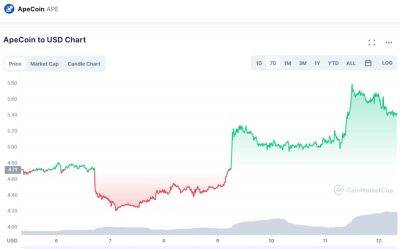Ethereum overhaul risks creating a new class of Crypto kingpins
The much-anticipated upgrade of Ethereum will create new participants called builders in the blockchain ecosystem, a move that risks altering the power structure of what is arguably the most commercially important cryptocurrency network.
Under the current system, networks of computers known as miners pluck transactions out of a special data pool, and arrange them into blocks that are added to the blockchain. The miners are being eliminated as part of a plan to reduce energy consumption. After the planned September upgrade known as the Merge, the builders will gather transactions into blocks, which they will then send to the validators. The validators will sign off on the order of the blocks that will form the upgraded blockchain.
This seemingly geeky change, part of a portion of the software upgrade that is called MEV-Boost, could potentially make Ethereum more centralized, at least initially. While there are already more than 416,000 validators lined up to order transactions, there are only a handful of participants committed to serving as builders. The largest is Flashbots, which makes open-source software used by trading bots.
Flashbots is already the dominant way for miners to collect fees from traders by letting their transactions front-run and otherwise step around others. Other participants are considering becoming builders because of concern about Flashbots or similar entities having too much control.
“It kills decentralization," said Uri Klarman, chief executive officer of BloXroute Labs, which has a network of servers that let traders send transactions to miners faster. About 40% of all the trading volume from decentralized finance apps, which let people trade, loan and borrow coins, is routed through the
Read more on livemint.com








![Litecoin [LTC]: What does this metric tell us about miners’ incentive to sell - ambcrypto.com](https://gocryptonft.com/storage/thumbs_400/img/2022/9/12/66006_ponk8.jpg)

